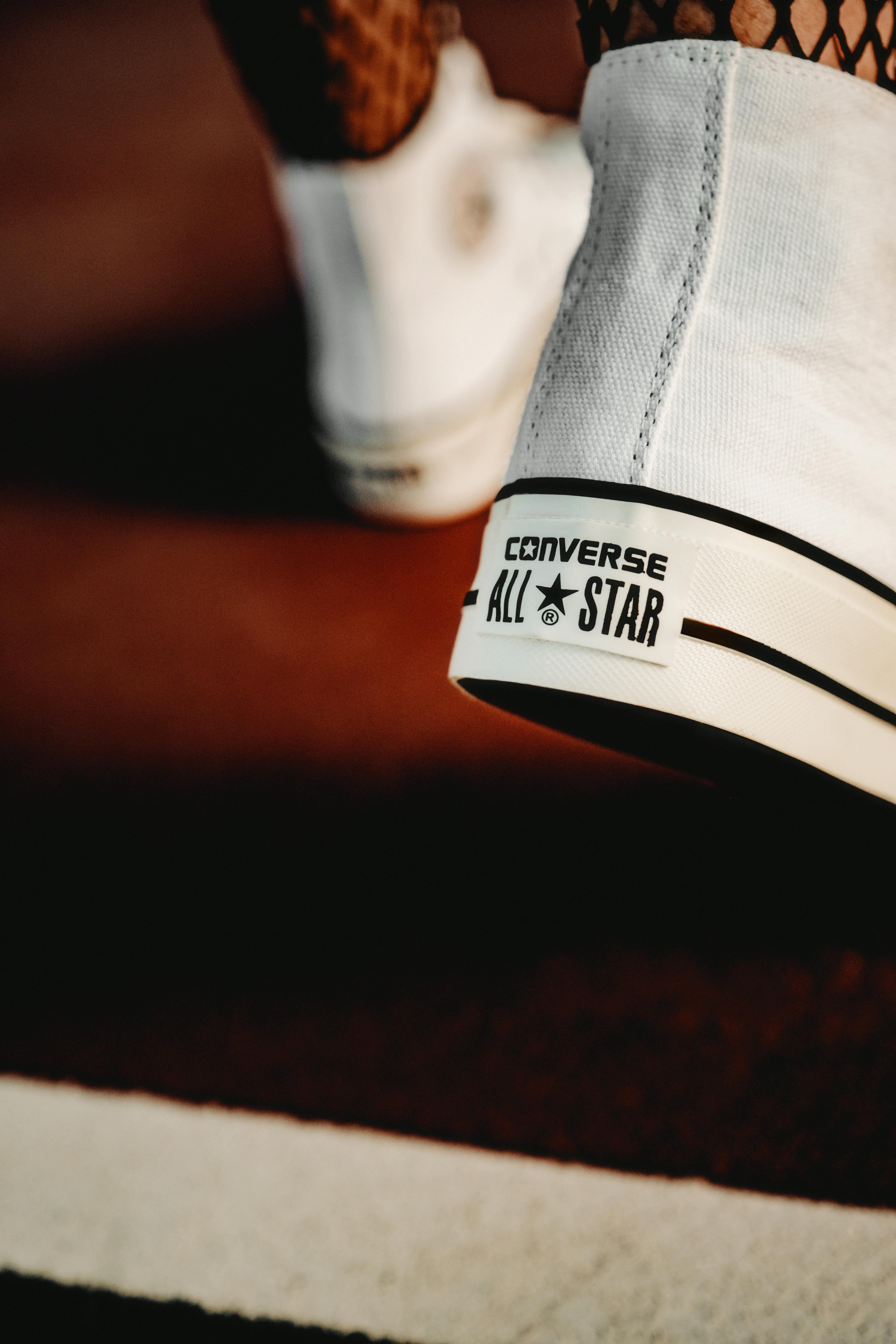
How to Create a Transparent Background in 2025: Expert Tips and Tools for Stunning Designs
As we advance in 2025, the importance of incorporating transparent backgrounds into graphic design continues to grow. The ability to create transparent backgrounds enhances visual appeal and provides flexibility for various design needs, including logos, images for websites, and graphics for social media. Understanding how to make a background transparent has become an essential skill for designers, marketers, and businesses aiming to stand out. In this article, we’ll explore expert tips, useful tools, and step-by-step methods for achieving the perfect transparency in your designs.
Not only does this technique allow for seamless integration of images into different materials, but it also helps achieve a professional look that engages viewers. We will also delve into different software options available for editing your images, whether you prefer online tools or desktop applications. Finally, we’ll share insights into the latest techniques and trends in creating eye-catching designs with transparent backgrounds. Let’s start crafting your stunning visuals!

Essential Tools for Creating Transparent Backgrounds
To effectively create transparent backgrounds, a range of tools is at your disposal. In 2025, several online platforms and software have emerged that offer intuitive features for achieving transparency in images. Understanding the best tools to use can significantly streamline your design process and enhance the final output.
Top Online Background Removal Tools
One of the best ways to create transparency is through online background removal tools. These platforms often utilize advanced algorithms to automatically detect and remove backgrounds from your images. Some of the most popular tools include:
- Remove.bg: This tool specializes in removing backgrounds quickly and easily, allowing for fast processing of images, perfect for PNG transparency.
- PhotoScissors: It offers a user-friendly interface and allows manual background adjustments when needed, making it great for achieving high-quality transparent backgrounds.
- Canva: While it's primarily a design tool, Canva offers a background remover feature that works well for creating transparent design elements.
Software Solutions for Transparent Images
If you prefer working offline, there are numerous software options you can utilize to create transparent backgrounds. Popular choices include:
- Adobe Photoshop: This industry-standard software offers various tools for background removal, including the Magic Wand and Quick Selection tools. It is ideal for more complex images requiring precision.
- GIMP: A free alternative to Photoshop, GIMP provides a robust platform for editing images, including tools specifically designed for creating transparency.
- Adobe Illustrator: Best for vector graphics, Illustrator allows for the creation of logos and illustrations with transparent backgrounds quickly.
Choosing the right tool depends on your specific needs and the complexity of the images you are dealing with. Whether you opt for online tools or professional software, understanding their capabilities is crucial for successful transparent background creation.
Step-by-Step Process to Make Background Transparent
Now that you have the tools at your disposal, let’s explore the step-by-step process for removing backgrounds and achieving transparency in your images. This guide will navigate through common techniques applicable in both online and desktop software environments.
Preparing Your Image for Transparency
Before diving into the background removal, proper preparation of the image is vital. Consider these preliminary steps:
- Image Selection: Choose images with defined edges and contrasting backgrounds, making it easier to isolate the subject.
- Resolution Check: Ensure the image has a high resolution to maintain quality after background removal.
- File Format: For optimal transparency, use PNG or GIF formats, which support transparent backgrounds.
Using Software to Remove the Background
Here’s a general approach to removing backgrounds using software:
1. Open your image: Launch the software and load your image file.
2. Select Background Removal Tool: Depending on the software, locate the selection tool suitable for isolating the background.
3. Cut or Erase Background: Use the tool to either cut out the unwanted background or erase it manually for precision.
4. Check Edges: Inspect the edges of your image to ensure smooth transitions, enhancing the overall look.
5. Export your image: Save your finished product in PNG format to keep the transparency intact.
Final Touches and Enhancements
Once the background is transparent, you can enhance your image for a professional finish.
- Color Correction: Adjust colors and brightness to ensure the subject stands out vividly against varied backgrounds.
- Shadow Effects: Consider adding subtle shadows to create depth, particularly relevant for graphics with transparent backgrounds.
- Testing Visibility: Always test how your transparent design looks across different mediums for clarity.
Best Practices for Background Transparency in Graphic Design
Creating transparent backgrounds is not just about the technique but also about employing best practices for effective graphic design. Learn these tips to further improve your transparent design elements.
Understanding Image Opacity
Opacity plays a crucial role in achieving aesthetics with transparent backgrounds. Higher opacity often results in more vivid visuals, while lower opacity can create subtle effects:
- Gradual Transparency: Experiment with different levels of opacity for backgrounds to create layered designs effectively.
- Focus on Contrast: Ensure there is sufficient contrast between the transparent elements and their underlying backgrounds to maintain visibility.
Incorporating Transparency in Branding
When designing logos or branding materials, consistent use of transparency can create a strong branding identity:
- Logo Design: Utilizing a transparent background helps logos sit seamlessly on various surfaces.
- Marketing Materials: Integrate transparent design elements into brochures and web graphics to enhance visual storytelling.
Consider Application and Scalability
It’s essential to consider the application of your designs:
- Digital vs. Print: Designs intended for print may require different transparency settings compared to digital use.
- Scalability: Ensure your designs retain clarity and integrity when resized or used in different formats.

Common Mistakes to Avoid in Transparent Background Creation
While creating transparent backgrounds can be straightforward, several common pitfalls can diminish the effectiveness of your designs. Avoiding these mistakes can enhance the quality of your transparency efforts significantly.
Neglecting Edge Quality
One of the most significant errors is ignoring the quality of the edges after background removal:
- Sharp Edges: Ensure the cut-out edges are smooth to avoid a jagged appearance. Use feathering or smoothing tools when available.
- Background Residue: Thoroughly check for leftover background elements, which can distract from the main subject.
Using Low-Resolution Images
Low-resolution images can lead to blurry or pixelated transparent backgrounds. Always opt for high-definition images for the best results. This consideration ensures clarity when backgrounds are removed.
Ignoring Color Compatibility
Not considering how colors will appear against different backgrounds can result in unappealing visuals:
- Testing Across Mediums: Before finalizing designs, test how they appear across different backgrounds to ensure effective contrast.
- Adapt Color Schemes: Adjust color schemes to maintain visibility and impact in both digital and print formats.
Frequently Asked Questions about Transparent Background Creation
What is the best format for saving images with transparent backgrounds?
The PNG format is the most widely used for images that require a transparent background. Unlike JPEGs, PNGs support alpha transparency, allowing for seamless integration on various surfaces.
Can I create a transparent background using PowerPoint?
Yes, PowerPoint offers built-in tools for removing backgrounds from images, allowing you to achieve transparency within your presentations. Simply select the image, navigate to Picture Tools, and use the Remove Background option.
Are there any free tools for creating transparent backgrounds?
Absolutely! Several free online tools like Remove.bg and PhotoScissors allow users to create transparent backgrounds without any cost, making them accessible for both beginners and professionals.
How do I ensure my transparent backgrounds look good on different backgrounds?
Testing your designs on multiple backgrounds is crucial. Ensure high contrast with the underlying colors and experiment with shading or shadows for better visual integration.
What are some applications of transparency in web design?
Transparency enhances user experience by allowing background images or colors to blend with elements, creating a cohesive look. It can also be used to highlight content through layered visuals, improving readability and engagement.
In conclusion, achieving transparent backgrounds opens up a myriad of possibilities for graphic designs. By mastering the techniques and employing the right tools, you can elevate your designs to create striking effects that captivate your audience. Ready to start your journey into the world of transparency? Explore resources and tutorials online to refine your skills and begin crafting extraordinary visuals today!